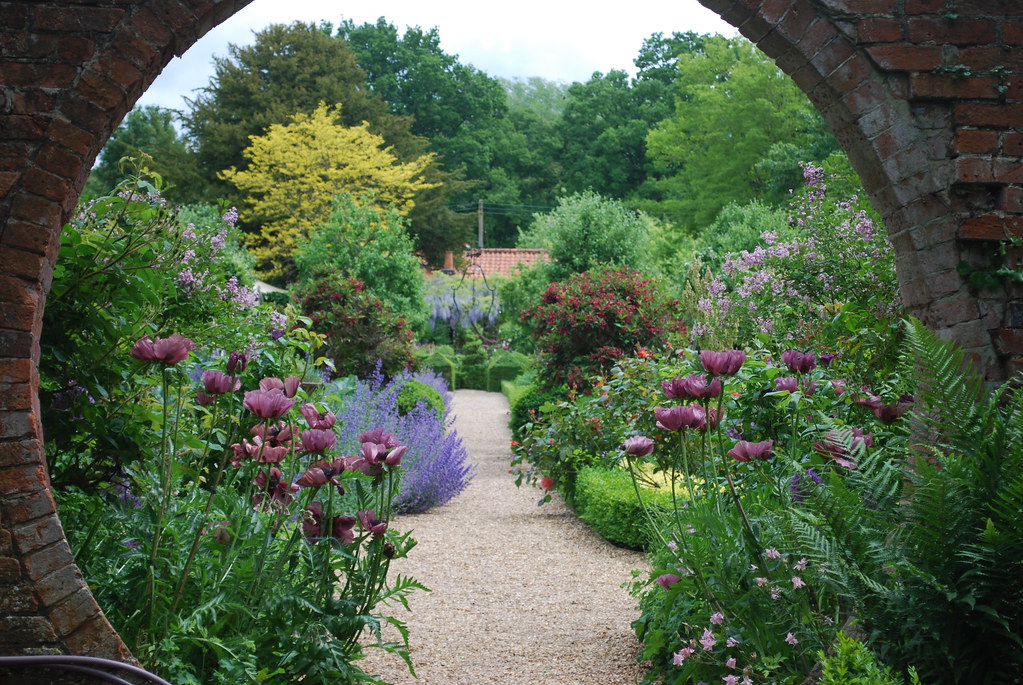Have you ever stumbled upon something so unexpectedly magnificent that you felt compelled to rescue it from its undeserved fate? That’s exactly what happened when I found a monstrous agave tossed aside like yesterday’s news. There it was, a majestic plant with wide blue-green foliage, reminiscent of the spiny teeth of a shark, just waiting for someone to see its potential. This wasn’t just any agave; it was the kind that grows into a spectacularly large clump, up to 4 feet wide, known for its durability and quick growth rate. Its previous name, Agave macroculmis, might have been discarded like the plant itself, but its grandeur remains unchanged as Agave gentryi, a name you can find more about on the San Marcos Growers website.
The Journey of an Agave: From Trash to Treasure
The journey of this agave from trash to treasure is not for the faint of heart. It’s akin to rehabilitating a shark, and I was all in. I always wanted an agave, and here was my chance. I’m based in Southern California, the perfect setting for such a plant to thrive. The climate here is ideal for agaves, and I was ready to give this one a new lease on life.
The rescue mission was not without its challenges. The agave’s formidable size and spiny defenses were intimidating, to say the least. It reminded me of the story of Grace, the lady who originally planted these agaves. She reached out for help to rehome them, rather than let them be destroyed. Her encounter with the agave left her with a bloody arm—a testament to the plant’s formidable defenses. But even with a small pup that broke off during the rescue, Grace had a memento to cherish and grow on.
The process of moving the agave was a Herculean task. It involved strategic planning, a bit of neighborly assistance, and some serious muscle. The wooden structure that was in the way had to be cut down to accommodate the plant’s size. It was a slow and steady operation, with the agave finally making its way into the back of a truck, ready to be transported to its new home.
Upon arrival, the agave was greeted by a garden that was nothing short of an artist’s canvas. Eric, the new guardian of this agave, had a garden that boasted a rescued Yucca rostrata and a custom-built greenhouse that was a marvel of DIY craftsmanship. With glass windows and copper shingles all made by hand, it was clear that this agave was going to a place where plants were revered and cared for with passion.
The hole for the agave had been pre-dug, a sign of anticipation and readiness for its arrival. The plant settled into its new home as if it had always been there, nearly impossible to tell just how massive it truly was. And with the promise of a second rescue for a smaller agave, it was clear that these plants were going to be well-loved and well-integrated into their new environment.
What does this all mean for you, the aspiring agave caretaker? It means that with a little bit of courage, a lot of love, and the right conditions, you too can turn a discarded plant into a centerpiece of your garden. The story of this agave’s rescue is not just about the plant itself, but about the community of plant lovers who see the value in every leaf and spine.
In the next section, we’ll dive into the nitty-gritty of caring for your agave. Whether you’re in Southern California or elsewhere, these tips and tricks will help ensure that your agave doesn’t just survive, but thrives. So stay tuned, and get ready to transform your garden into a sanctuary for these stunning plants.

Caring for Your Agave: A Guide for Aspiring caretakers
Embarking on the journey of caring for an agave is like setting sail on a botanical adventure. The first step is to understand the environment that agaves thrive in. Southern California, with its warm climate and low rainfall, is an ideal location for these desert natives. However, even if you’re not blessed with SoCal’s perfect agave-growing weather, fear not! With the right care, agaves can flourish in a variety of climates.
The key to a happy agave is replicating its natural habitat as closely as possible. This means providing plenty of sunlight. Agaves love the sun, and the more they get, the better they will grow. If you’re growing your agave indoors or in a less sunny climate, make sure to place it in the brightest spot you can find. A south-facing window is usually a good bet for indoor plants.
Let’s talk soil. Agaves are not picky when it comes to soil types, but they do require good drainage. If you’re planting your agave in a pot, make sure it has drainage holes. When planting in the ground, if your soil is heavy or clay-like, consider amending it with sand or gravel to improve drainage. You can also create a raised bed to ensure that water doesn’t pool around the roots, which could lead to rot.
Watering your agave is a delicate dance. Overwatering is a common mistake and can be deadly for these drought-tolerant plants. During the growing season, a deep watering every two to three weeks should suffice. In the winter, you can cut back even more. The rule of thumb is to let the soil dry out completely between waterings. If you’re unsure, it’s better to err on the side of underwatering; agaves can bounce back from drought much easier than they can from rot.
Fertilizing is not a high priority for agaves. In fact, too much fertilizer can promote rapid growth at the expense of the plant’s structural integrity. If you do choose to fertilize, do so sparingly and opt for a balanced, slow-release fertilizer.

Handling agaves requires caution and the right gear. Always wear thick gloves and long sleeves when working with your plant to protect yourself from the sharp spines. If you need to move or repot your agave, enlist the help of a friend and use a sturdy piece of cardboard or a blanket to wrap around the plant for added protection.
Pruning is not typically necessary for agaves, as they are very slow-growing and maintain their shape well. However, if you do need to remove any damaged or dead leaves, do so carefully with clean, sharp tools to avoid damaging the plant.
As your agave grows, you may notice it producing ‘pups’ or offsets. These can be left to grow and form a clump, or you can remove them to propagate new plants. To do this, wait until the pup is a good size (at least a few inches tall), then carefully cut it away from the parent plant, making sure to include some roots. Allow the cut to callous over for a few days before planting in well-draining soil.
One final note: be prepared for the long haul. Agaves are slow growers and can take many years to reach their full size. But the wait is worth it. With time and care, your agave will become a stunning centerpiece in your garden, a testament to your dedication and a symbol of resilience.
Caring for an agave is not unlike nurturing any other relationship. It requires patience, understanding, and a bit of work, but the rewards are immense. Whether you’ve rescued your agave from the brink of disposal or brought one home from the nursery, the journey you embark on together will be filled with growth, challenges, and ultimately, a deep sense of accomplishment. So roll up your sleeves, don your gloves, and get ready to grow alongside your new spiky companion. The world of agave awaits, and it’s a world brimming with potential and beauty.
Related posts:





